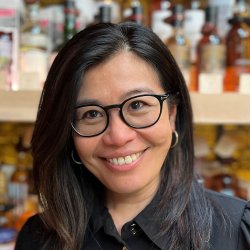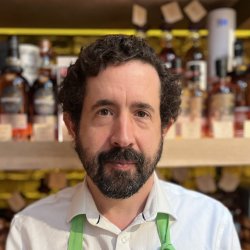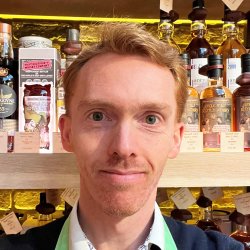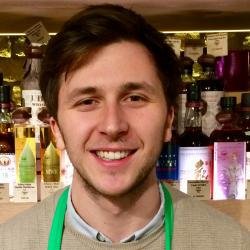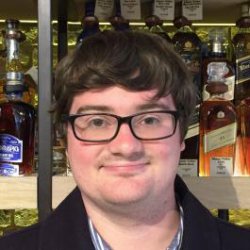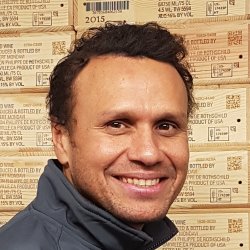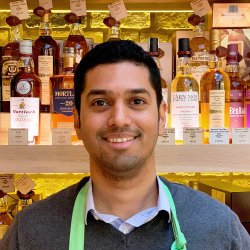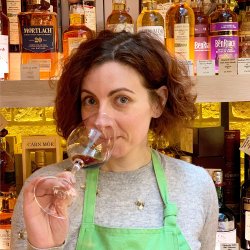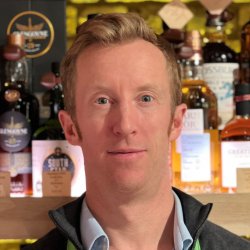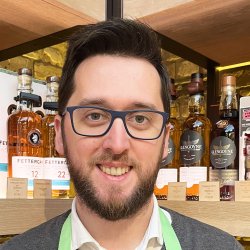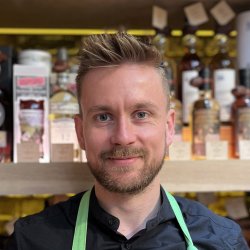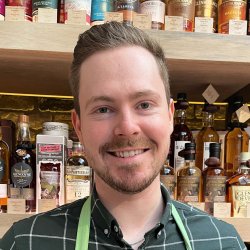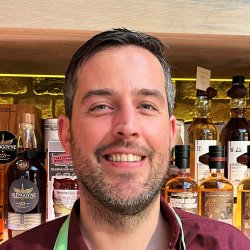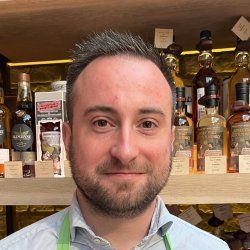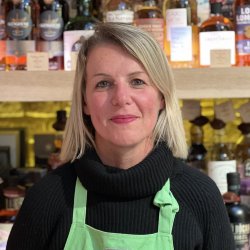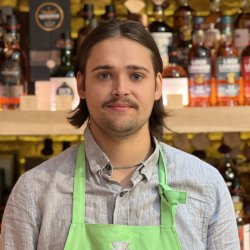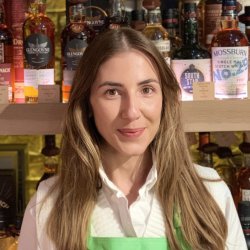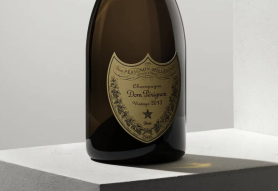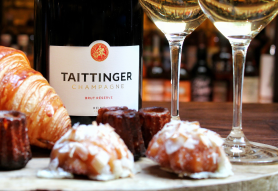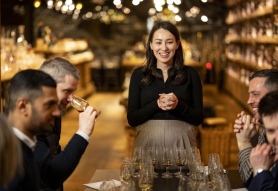Hedonism Meets... Ted Lemon
Ted Lemon is one California's most famous and acclaimed winemakers. A passionate, driven oenologist with a deep understanding of agriculture and experience making Pinot Noir and Chardonnay at some of Burgundy's greatest domaines, Ted became the first American to run a Burgundian estate in the form of Domaine Guy Roulot in Meursault. A move back to the USA and a period of working with many great winemakers in Napa led him to found his own winery in the early 1990s, and the rest is history.
We sat down with Ted to discuss Californian terroir, pioneering winemaking in the Anderson Valley and the importance of "generative agriculture".
Littorai's wines are often compared to those of Burgundy, in that they are representative of the land from which they come, so it's not surprising that Burgundy is where you began your winemaking career. Can you tell us a little bit about what drew you to Burgundy initially and how it ultimately led you to start Littorai?
I was not born into a winemaking family and had no intention of going into wine but spent a university year abroad and chose what was then called the Universite de Dijon (now Universite de Bourgogne) and took a wine appreciation course with Jean Michel Lafond, then the director of the office of tourism for Dijon. He was a passionate wine lover and it drew me in. He was my connection to the winemaking community in Burgundy. As I thought about the Burgundian versus Bordelais models, I just couldn’t fathom the separation of vineyard from winery which seemed to dominate Bordeaux. Wine was clearly an agricultural product and I wanted to learn how it was made AND how it was grown. Burgundy seemed the more logical choice. After having worked there for several years, I felt spoiled by the opportunity to work with such amazing vineyards as Echezeaux, Clos de La Roche, Chambertin, Les Amoureuses, Meursault Perrieres and Charmes.
So I couldn’t imagine I could ever do anything remotely like that in the states. Not that I didn’t believe that the states were not capable of producing world class Pinot Noir, but I certainly could not afford the type of property and all the investments which would be required. I assumed that I would spend my career as someone else’s winemaker. There are many bends in the river of life and after a few years working in Napa I began to realize the untapped opportunity that the Sonoma Coast and Anderson Valley represented. Not only that, but one could start very small with only purchased grapes. Ultimately, it was two of the greatest winemakers in Napa who got me to commit. Randy Dunn and Ric Forman both said, “look, you can do this, stop hesitating.”
What was it about the Sonoma Coast that led you to settle on the region to make Pinot Noir and Chardonnay?
In the 1980s I was part of a Napa Valley tasting group which included Burt Williams of Williams Selyem, Helen Turley of Marcassin, David Ramey now of Ramey Cellars, Tony Soter then of Etude and leading winemaking consultant, Steve Kistler of Kistler and a few other luminaries. We tasted only pinot noir and chardonnay but from all over the world. We had a few very famous Burgundian guests. It was the combination of seeing some of them not recognize their own wine in a flight and rank a Sonoma Coast pinot higher than their own blind and our collective experience rating a few of the Sonoma Coast wines very highly which convinced me.
"Ultimately it was the untapped potential of the Sonoma Coast and Anderson Valley which drew me in"
Your readers should understand two things to appreciate this. First, that this group of California winemakers were unabashedly fans of European wines and felt like California had a long way to go and secondly, that there were very, very few vineyards on the true Sonoma Coast so the pool to draw from was not very large… Heidi and I then spent most of 1992 traveling up and down the west coast from Washington to Southern California looking at sites for Pinot Noir and Chardonnay. There is beautiful wine being made all up and down the coast. Ultimately it was the untapped potential of the Sonoma Coast and Anderson Valley which drew me in. I realized I had been to the mountain, followed the hallowed footsteps trod for thousands of years to the great vineyards of Burgundy, but that maybe, just maybe, being a pioneer was not such a bad thing after all.
What are some of the most important viticulture and winemaking practices you brought from Burgundy to northern California and are there any practices you've employed that are unique to the region?
There were three essential lessons. First and most important was humility. That might sound odd since Burgundy and its winemakers have been put on such a pedestal, but remember, this was a long time ago. Humility in understanding that the winegrower’s role is secondary to that of the vineyard, that our job as terroir winegrowers is to allow the site to speak and not our ego. You could rephrase that as deep love for vineyards. At that time California was dominated by the more assertive, winemaker-as-master mentality which Robert Mondavi became associated with and which remains prevalent today.
The other essential lesson was about the philosophy of fine wine. The French are the masters of the philosophy of fine wine. Third was patience, that one should never act in haste in the cellar. Wines are living and they go through phases. None of the above are actual practices, which was your question. At that time already the very best American winemakers knew most of the techniques, they were no longer secrets. Just as important has been what I had to unlearn. Burgundy looks likes someone’s perfectly manicured garden. While that is beautiful in one sense, it is not very healthy ecologically. I have had to learn to be a messier vineyardist. We encourage biodiversity through heterogenious cover crop species and companion plantings. What works in Oregon or California isn’t always applicable in Burgundy or vice versa. All winegrowing areas are unique. We use different rootstocks than Burgundy and we have a different approach to techniques such as crop thinning. Irrigation does not exist in Burgundy. Reaching the goal of dry farming the tender and delicate pinot noir in a climate where there is often not a drop of rain from May through September is quite a feat. Where we can, we love it.
You describe your winery as using "Generative Agriculture". Can you explain what exactly this means and the impact you believe it ultimately has on your wines?
There is an important distinction between generative and regenerative agriculture; the latter is currently the rage. The words themselves are significant. Regenerative means just what it says, to re-generate what existed before. Wikipedia provides a useful definition: “an approach to food and farming systems that rejects pesticides, artificial fertilizers and aims to regenerate topsoil, increase biodiversity, improve water cycles, enhance ecosystem services, increase resilience to climate fluctuation and strengthen the health and vitality of farming and ranching communities. Regenerative agriculture is based on applied research and thinking that integrates organic farming, permaculture, agroecology, agroforestry, restoration ecology, Keyline design and holistic management.” All of these are worthy goals, yet the underlying premise is false: that regeneration is possible.
"I always love Michael Broadbent’s humble conclusion about young wines and vintages: time will tell"
We have wrought such change on our planet that there is not a person alive, nor will there be for many generations to come, who will witness the “regeneration” of the natural world as it existed only a few hundred years ago. The challenge before us is as simple as it is complex: can we practice an ecologically and spiritually generative agriculture. Are humans capable of creating a beneficial synergy with nature which she alone cannot do? Can farms become wellsprings of an ecological and spiritual health which the earth has never known? Can humans create a new relationship to the earth through our labor with her? Those are the goals of generative agriculture. They are neither historically nor culturally a reach for the wine community. Wine’s importance in the liturgical ceremonies and in the Bible already tell us that it holds a special place in the human spiritual relationship to the earth. As for the difference in techniques between generative and regenerative, I am afraid that goes well beyond the scope of this interview!
Are you finding that climate change is having an impact on how you make wines in Sonoma and how do you see this evolving over the next decade or so?
The impact is subtle on how we “make” wines, earlier picking is a good example. The impact is more dramatic in viticulture: trellis system changes to provide greater shading, rootstock changes and different choices in clonal or massal materials are all part of the puzzle. Eventually, and I think all wine regions will face this, existing varieties themselves may have to change. We are not at that point yet and we may find that some existing varieties are more adaptable than we thought. I always love Michael Broadbent’s humble conclusion about young wines and vintages: time will tell.
"I would walk down to the winery from our house and say to myself, enjoy this while you can, you may not own it in six months…"
What is your most memorable vintage at Littorai and why?
On the challenging side 2008. We had just finished winery construction and thus had fully loaded debt a month before Lehman Brothers Investment firm failed. It was a vintage badly affected by smoke taint so we had to bulk out and declassify much of the pinot noir production. In the early months of 2009 I would walk down to the winery from our house and say to myself, “enjoy this while you can, you may not own it in six months…”. On a more positive note 2002: the fruit was just so perfect in both vintages. And 1993, our first vintage and the year Heidi and I were married.
For someone new to your winery and wines, what would be the first wine you suggest they try?
Probably one of the regional blends, The Sonoma Coast Pinot Noir or Anderson Valley Les Larmes Pinot Noir.
Did you ever consider working with any grape varieties other than Pinot Noir and Chardonnay?
We make a tiny amount of Chenin Blanc from the Haven Vineyard which we cherish. Through consulting and my former life as an employee winemaker I have had the good fortunate to make twenty two different varieties. Given the challenges of climate change, we are studying alternative varieties for our region. We are taking that research very seriously. It is a long term process. Both the Sonoma Coast and Anderson Valley are very young grape growing regions. It is important to be exploratory even without climate change.
Obviously, Covid has forced all of us to adapt to a new "normal." What was the biggest impact to you at Littorai and is there anything new and different we can expect from you as a result?
It has not affected our technical work. Americans are quick to adapt technology so we certainly have done that, taking advantage of the early months of Covid to re-do all kinds of administrative systems. We also embraced video engagement with our private and trade customers and with other winemakers. That has been a wonderful experience. Covid has been a marker for our determination to address climate change. For instance, I love to visit Europe, but going forward we want to think very carefully about the climate change impact of our travel and restrict that travel to only the essentials. We are also much more involved through our business associations in promoting individual and collective action to mitigate climate change.
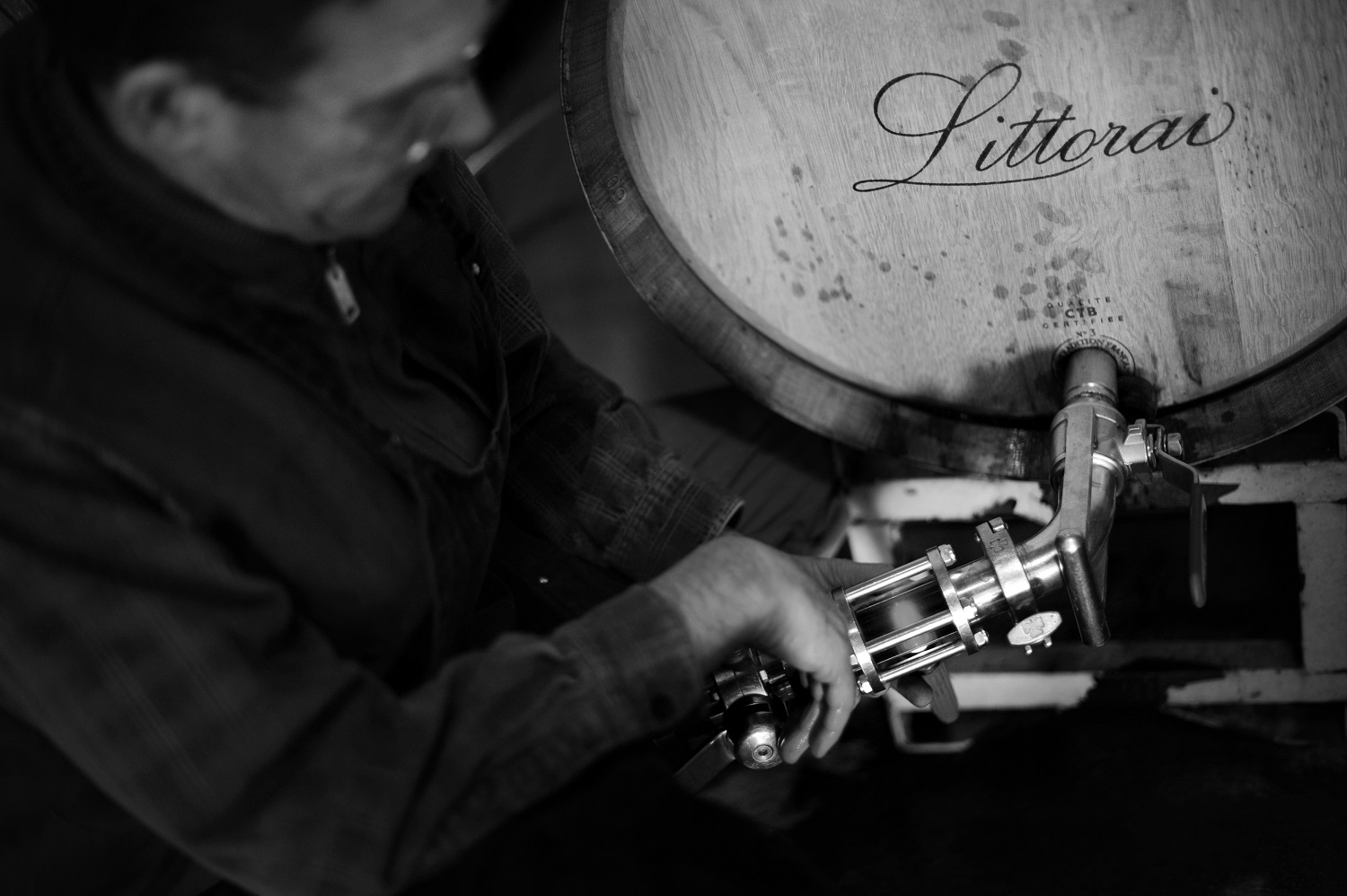
You're now also making wine in Central Otago, New Zealand, at Burn Cottage. What brought you there and how does the philosophy at Burn Cottage differ from that at Littorai?
I retired from my work with Burn Cottage after the 2018 vintage. We had been working together since the inception, 2002. Owner Marquis Sauvage and GM and winemaker Claire Mulholland have a great team and will continue to do great work. Marquis and I were friends for several years prior. His family owns wine distributorships in the US. He asked me to go look at the undeveloped property he had purchased in Central Otago and I loved it. We had 16 great years working together and I have many dear friends in the New Zealand winemaking community. One important difference between Burn Cottage and Littorai is that up until the last few years Burn Cottage was primarily an estate vineyard. We branched out slowly purchasing fruit for the Moon Light Race bottling and we all learned a great deal through that experience. Later when the opportunity arose to purchase a parcel on Felton Road in Bannockburn we jumped at it.
There is no question that there are distinct differences between the regions within Central Otago. Gibbston Valley is very different from Bendigo and Bendigo from Bannockburn. One of the exciting aspects of the Burn Cottage vineyard is that it really is an island unto itself. One can geographically associate it with Lowburn, but the wines from the Burn Cottage site are very distinctive in their profile, quite different from the wines on the flats on the highway to Lowburn. I think it is fair to say that Burn Cottage was really a pioneer in picking less ripe in Central Otago where the talk was all of balance and acidity but many wines in the early 2000s were quite rich and even blousy. We said from the start that we wanted something different and it has been very gratifying to see many properties move in that direction.
